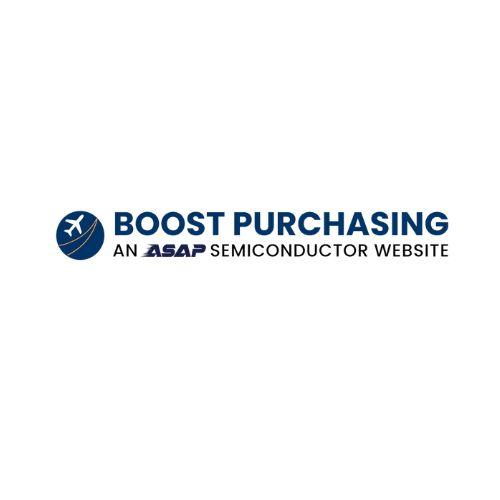Uses and Benefits of Aircraft Airframe Materials

Aircraft airframe materials are critical in determining the performance, safety, and efficiency of an aircraft. Over the years, advancements in materials science have led to the development of new materials that offer significant advantages over traditional ones. Here are some of the primary materials used in aircraft airframes and their respective uses and benefits:
1. Aluminum Alloys
Uses:
- Structural components such as fuselage, wings, and control surfaces.
Benefits:
- Lightweight: Reduces overall aircraft weight, enhancing fuel efficiency.
- Corrosion Resistance: Offers good resistance to corrosion, extending the lifespan of the airframe.
- Strength-to-Weight Ratio: High strength while maintaining low weight, critical for structural integrity.
- Workability: Easy to form and fabricate, allowing for complex shapes and designs.
2. Titanium Alloys
Uses:
- High-stress areas such as landing gear, engine mounts, and critical fasteners.
Benefits:
- High Strength: Exceptional strength-to-weight ratio, suitable for high-stress components.
- Corrosion Resistance: Excellent resistance to corrosion, especially against saltwater and chemicals.
- Heat Resistance: Maintains strength and stability at high temperatures, ideal for areas near engines.
3. Composites (e.g., Carbon Fiber Reinforced Polymers - CFRP)
Uses:
- Fuselage, wings, tail sections, and control surfaces.
Benefits:
- Lightweight: Significantly lighter than metals, contributing to fuel efficiency and reduced emissions.
- High Strength: High tensile strength and rigidity, allowing for thinner and lighter structures.
- Fatigue Resistance: Superior fatigue resistance compared to metals, enhancing durability.
- Design Flexibility: Allows for complex shapes and seamless structures, improving aerodynamics.
4. Steel Alloys
Uses:
- Landing gear components, engine components, and high-stress fittings.
Benefits:
- High Strength: Exceptional strength, suitable for components subjected to extreme forces and stresses.
- Durability: High durability and wear resistance, ensuring longevity of critical components.
- Cost-Effective: Generally more affordable than titanium, providing a balance between performance and cost.
5. Magnesium Alloys
Uses:
- Non-structural components like seats, brackets, and some interior fittings.
Benefits:
- Very Lightweight: One of the lightest structural metals, reducing overall aircraft weight.
- Good Machinability: Easy to machine and cast, facilitating manufacturing processes.
- Strength-to-Weight Ratio: Offers a good balance of strength and weight for non-critical applications.
6. Glass Fiber Reinforced Polymers (GFRP)
Uses:
- Secondary structures and internal components such as fairings and interior panels.
Benefits:
- Lightweight: Lighter than many metals, contributing to overall weight reduction.
- Corrosion Resistance: Excellent resistance to corrosion and environmental degradation.
- Cost-Effective: Generally cheaper than carbon fiber composites, making it suitable for less critical applications.
Conclusion
The choice of materials for aircraft airframes is a balance between weight, strength, durability, cost, and specific performance requirements. Advancements in material science continue to push the boundaries, leading to more efficient and reliable aircraft. By leveraging the unique properties of various materials, manufacturers can design and build airframes that meet the demanding requirements of modern aviation.
Boost Purchasing is a leading purchasing platform for civil aviation parts, this database featuring over 2 billion new, used, obsolete, and hard to find items that are available for purchase today. With our robust search engine or curated catalogs, we are confident you will meet your needs with ease. As you explore, keep in mind that our Request for Quote (RFQ) forms are available across our website for customers to request quotes on any items of interest. We regularly offer responses in 15 minutes or less, and we always leverage our purchasing power to secure competitive pricing and rapid lead times for every order. This being said, see why so many customers rely on ASAP Semiconductor as their strategic sourcing partner when you initiate the procurement process on Boost Purchasing.
Comments